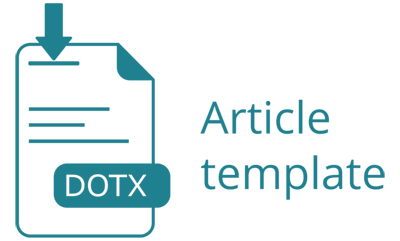Peningkatan Kemandirian Ekonomi Keluarga dalam Memanfaatkan Limbah Serbuk Gergaji
DOI:
https://doi.org/10.15575/tamkin.v7i2.17857Keywords:
Empowerment, Potential, Independence,Abstract
Pakuhaji Village there is a lot of sawdust waste that can be used for oyster mushroom cultivation. The community sees this oyster mushroom cultivation as a potential to increase their family's economic independence. The purpose of this study was to determine how community development in utilizing sawdust in Pakuhaji Village, Subang Regency, Potential utilization of sawdust, and oyster mushroom cultivation, and how the family's independence in Pakuhaji Village after using sawdust waste. The research method used is descriptive qualitative with data collection methods using observation and interviews. The analysis used uses data triangulation by confirming the data in the field and the theory used after that. a conclusion is maded that the results of this study found that increasing the family's economic independence in utilizing sawdust waste was successful.
Â
References
Allan, F. d. (2014). ekonomi kesejahtraan. jakarta: erlangga media.
Amirullah, H. (2017). Ilmu Manajeman Usaha Tani. Yogyakarta: Media pers.
Anshari, H. (2002). Pemberdayaan Masyarakat Desa. jakarta: gramedia.
Dr. Ir Sumaryo Gitosaputro, M. (2010). Pengembangan dan Pemberdayaan Masyarakat. Yogyakarta: CV tirta buana media.
Ekosudarmanto. (2020). pembangunan dan pemberdayaan. yogyakarta: rajawali pers.
Faturrohman, A. R., & Daryan, A. (2008). Metode Penelitian Pendidikan Agama Islam. Bandung: Kencana Utama.
Jhingan, M. (2017). ekonomi pembangunan dan perencanaan . jakarta: Rajawali pers.
Maftuehan. (2013). Transformasi Kesejahteraan. Yogyakarta: Gramedia.
Mp, I. S. (2015 ). bisnis edisi jamur tiram edisi revisi. Yogyakarta: Penebar Swadaya.
Poerwadarminto. (2002). Pemanfaatan potensi lingkungan. Yogyakarta: Gradien Mediatama.
Robert, S. d. (2016). konversasi mangrove dan kesejahtraan masyarakat. DKI jakarta: yayasan pustaka.
ogi keluarga. DKI Yogyakarta: prenada media.
Sunarti, E. (2006). indikator keluarga sejahtera. bogor: bentang pustaka.
VO, I. w. (2015). Pemberdayaan Masyarakat dan Pembangunan. DKI jakarta: setara Press.
Widi, R. K. (2018). Pemanfaatan Material Anorganik. gorontalo: Gramedia Pustaka Utama.
Winakusumo, I. (2012). Pengembangan Masyarakat. purwokerto: rajawali pers.
yahya, i. (2019). Prosiding Seminar Nasional Penelitian & Pengabdian Kepada Masyarakat 2019 . pemberdayaan Masyarakat pedesaan melalui usaha budidaya jamur tiram, 606-609.
Sarrianti, L. (2019, Februari 16). Pemberdayaan ekonomi keluarga melalui budidaya jamur tiram. Retrieved from https://dppm.uii.ac.id/wp-content/uploads/2020/01/Lampiran-1-31-12-2019.pdf: https://www.google.com/search?q=Bedasarkan+penelitian+Liza+Sarrianti+dalam+skripsi+yang+berjudul+Pemberdayaan+Ekonomi+Keluarga+Melalui+Budidaya+Tiram+(Studi+Gampong+Tibang+Kecamatan+Syiah+Kuala
Downloads
Published
How to Cite
Issue
Section
Citation Check
License
Authors who publish articles in Tamkin: Jurnal Pengembangan Masyarakat Islam agree to the following terms:
- Authors retain copyright of the article and grant the journal right of first publication with the work simultaneously licensed under a CC-BY-SA or The Creative Commons Attribution–ShareAlike License.
- Authors are able to enter into separate, additional contractual arrangements for the non-exclusive distribution of the journal's published version of the work (e.g., post it to an institutional repository or publish it in a book), with an acknowledgment of its initial publication in this journal.
- Authors are permitted and encouraged to post their work online (e.g., in institutional repositories or on their website) prior to and during the submission process, as it can lead to productive exchanges, as well as earlier and greater citation of published work (See The Effect of Open Access).





